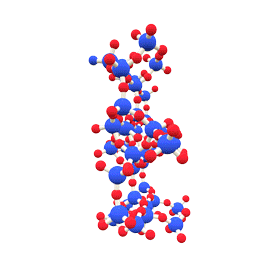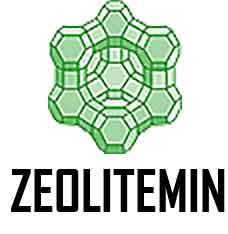What is Natural Clinoptilolite? Easy Know More
Natural Zeolite vs. Synthetic Zeolite,It was made by an aluminosilicate framework’s function of adsorbent and cation exchange capacity. zeolite clinoptilolite was made powdered,granules.
Clinoptilolite - Structure,Properties,Facts

Today, there are many natural zeolites identified in the world. Clinoptilolite, mordenite, phillipsite, chabazite, stilbite, analcime, and laumontite are very common forms whereas offsite, paulingite, barrerite, and mazzite, are much rarer. There are over 50 types of natural zeolite minerals and over 200 synthetic zeolites in the world. Among the zeolites, Clinoptilolites (from the heulandite group) are the most abundant natural zeolite. Commercial and industrial clients widely used natural zeolites and suitable in the world.
The world’s annual production of natural zeolite approximates 3 million tonnes, More than 80% of the world’s zeolite production is clinoptilolite type of natural zeolite mineral. Apart from natural ones, It developed custom synthetic zeolites around the world.
Type of Zeolites
However, scientists discovered 232 zeolites in these structures and synthesized them so far. Engineers observed only this small fraction of possibilities. Natural zeolites are low-cost resources. It is crystalline hydrated aluminosilicates with a framework structure, which contains pores occupied by water, alkali, and alkaline earth cations. We focus on two items. Such as high cation-exchange ability and molecular sieve properties. Engineers use zeolite widely as adsorbents in separation and purification processes in the past decades.
Clinoptilolite Structure
Currently, most manufacturers process natural zeolite at the market. However, not all zeolite products have a high content of clinoptilolite. The quality of a zeolite mineral depends on the content of the product since the active agent (that can exchange cations) in the mineral. Unfortunately on the market, some products have clinoptilolite content as low as 50%, even sometimes 40%, so the rest of the product is regular stone or clay.
Clinoptilolite possesses a tetrahedral framework and forms a continuous compositional series referred to as the Zeolitemin’s Products. For known more technical information, please visit International Zeolite Association(IZA)’s website. They found an informing 3D animation of zeolite’s tetrahedral structure from their website and how it absorbs the cations into its cage like a magnet.
It forms a series with heulandite:
- Clinoptilolite-Ca – heulandite-Ca solid solution series
- Clinoptilolite-K – heulandite-K solid solution series
- Clinoptilolite-Na – heulandite-Na solid solution series
The naturally occurring zeolite consists of linked SiO4 tetrahedra. The diagram demonstrates the relationship between the trapped Caesium ion and the framework.
Specific physicochemical zeolite properties:
- high ion exchange selectivity
- reversible hydration and dehydration
- high gas sorption capacity
- high thermostability
- resistance to aggressive media
Natural zeolites clinoptilolite is a hydrated aluminosilicate mineral of a porous structure with valuable physicochemical properties. Such as cation exchange, molecular sieving, catalysis, and sorption. Using natural zeolites for environmental applications is gaining recent research interest mainly because of their properties and significant worldwide occurrence.
In addition, the SGS laboratory approved our quality from Xiamen Zeolitemin Biotech Co., Ltd. The purity mineral is about 91% content and buyers use it for animal feed, aquaculture, agricultural, water treatment, and construction markets. Otherwise, aggregate is low-quality clinoptilolite.
These elements are exchanged during cation exchange in favor of heavy metals, toxins, ammonia, etc. which have a higher attraction for the mineral. Please check The Virtual Museum of Minerals and Molecules to know more.
